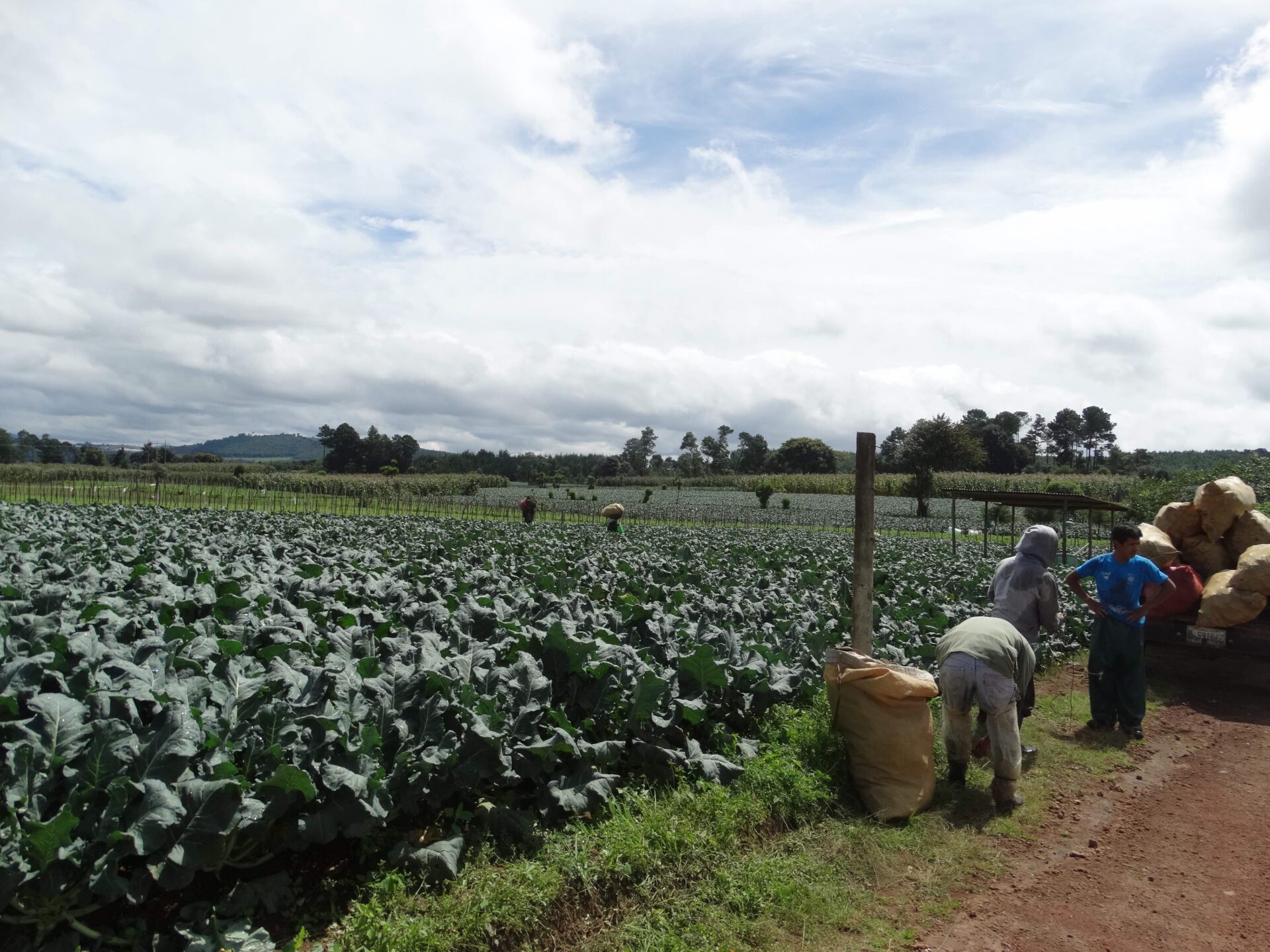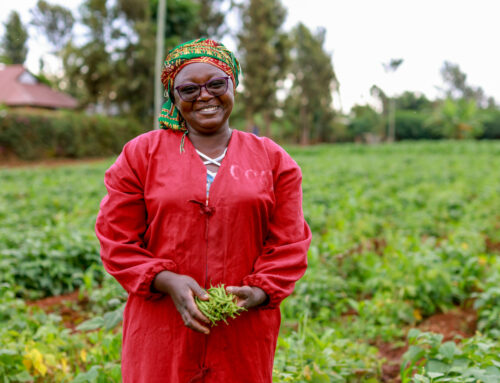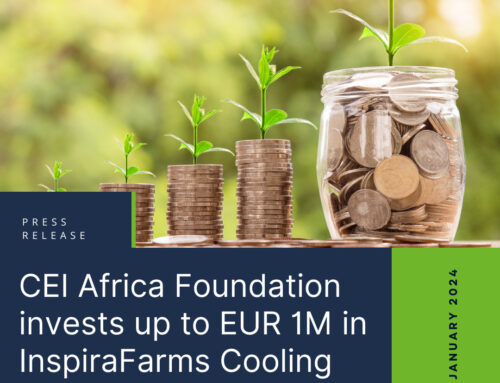Defining sustainable food supply chains
As the growing population generates the need for increased food production, the food industry needs an expanded supply of quality raw materials. But from the supply side, there is a concern about how the industry can respond to the growing demand in terms of quality and yield gains, which are being affected by factors such as climate change, water shortages, land usage and diminished returns for agricultural producers.
Food supply chains are complex as they include different level actors, from those who produce and aggregate; to those that add value to the product (processing); and those who sell into the next level (wholesale and retail). Complexity is increased where there are many different crops and food types, each with its own distinctive and often fragmented supply chain. Moreover, consumers are increasingly concerned about where their food comes from and pay great attention to whether it is produced responsibly, from farm to fork (Sustainable Food Lab, 2009), from a social justice perspective and also regarding food safety standards.
Food supply chains based in or starting in developing countries have a higher level of complexity as they commonly involve smallholder farmers with fewer than two hectares, with limited access to information and markets, and far distances to travel. Those challenges mean a high level of intermediation, which inflates costs, risks quality, increases food losses and waste and ultimately, reduces incomes for producers, all impacting directly on food availability.
Food companies are encouraged to invest in sustainable agricultural practices in their supply chains as this can help to ensure a reliable supply of food and open up new opportunities at the same time – such as enhancing brands and meeting new market demands (Sustainable Food Lab, 2009). Many food companies see the biggest potential for impact in influencing primary production, such as investing in improving the conditions and participation of farmers.
Defining sustainable food value chains
The objective of supply chain sustainability, as defined by UN Global Compact is to “create, protect and grow long-term environmental, social and economic value for all stakeholders involved in bringing products and services to market. Through supply chain sustainability, companies protect the long term viability of their business and secure a social license to operate”.
More specifically, sustainable food value chains (SFVC) are defined by FAO, as “the full range of farms and firms and their successive coordinated value-adding activities that produce particular raw agricultural materials and transform them into particular food products that are sold to final consumers and disposed of after use, in a manner that is profitable throughout, has broad-based benefits for society, and does not permanently deplete natural resources”.
From the definitions, we can highlight three major components that drive sustainability in supply chains:
- Environmentally sound practices
- Social responsibility
- Economic viability
Common actions towards sustainable agriculture
1. Environment
The integration of developing countries into international chains may form an extra burden on the environment in these countries, due to deforestation, increase of mono-cultivation and the increase of pesticides and chemicals usage.
Environmental sustainable development can be achieved by supply chain collaboration by companies, for example by recycling waste and packaging materials throughout the chain from consumer to farm, and the introduction of sustainable food production systems, such as reducing energy consumption, minimizing resource inputs and using renewable energy wherever possible.
2. Climate change and water scarcity
Agriculture is one of the leading causes of climate change, but it is also undeniably affected by it. Farming must change in order to keep up with global demands while reducing its environmental impact. It is estimated the impacts of climate change will be severe, causing yields to decline, and putting food availability at risk.
Many farmers are incentivized to use innovative ways of reducing greenhouse emissions and adapting to climate change. For example, farmers are encouraged to use new varieties of crops that can use less water and can be more resistant to sudden changes.
Climate change is bringing stronger dry seasons, with the decreased flow in rivers that affects agricultural productivity and food safety. Farmers are increasingly encouraged to create water reservoirs and integrate irrigation practices. Sustainable irrigation practices can increase yields per acre by more than 20%.
3. Economic viability and shared value
This refers to equitable distribution of value, or in other words, that each member of the supply chain has to be able to make a living. Increasing markets for small farmers and integrating them into valuable supply chains, such as international markets, can contribute to their economic growth and ultimately their wellbeing.
Many international food companies are integrating a fixed minimum number of small farmers in developing countries as recurrent suppliers. It is also encouraged to have transparency around price participation of all supply chain stakeholders and to understand the economic benefits that their participation brings to the supply chain. Additionally, some food companies support aggregation and storing of small volumes of produce from widely dispersed smallholder producers, by facilitating access to cold rooms with supply agreements, as a way to reduce food loss and transport costs, ultimately increasing farmers’ profits.
4. Social responsibility
This dimension aims that all value chain players and particularly farmers, receive fair returns and work under good labour conditions all along the supply chain, with access to education, training and health services for workers and their families. Investing in social wellbeing can ensure the continued participation of the community in the supply chain.
Some examples of corporate support are the training of farmers for compliance with international certifications, and the introduction of primary processing and value-addition, which in both cases can facilitate increased incomes for farmers and the generation of new jobs in rural communities.



